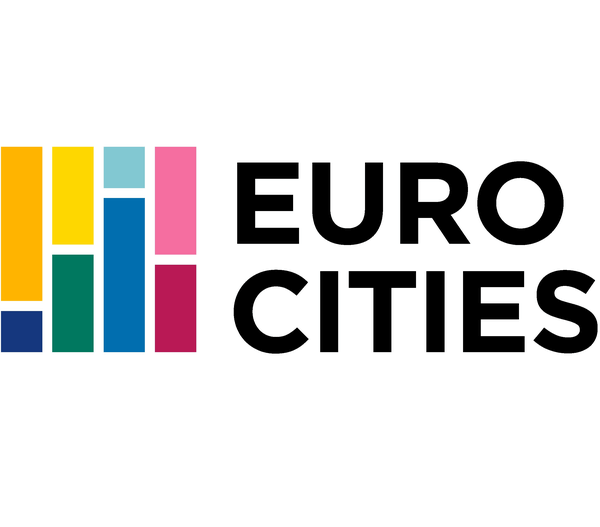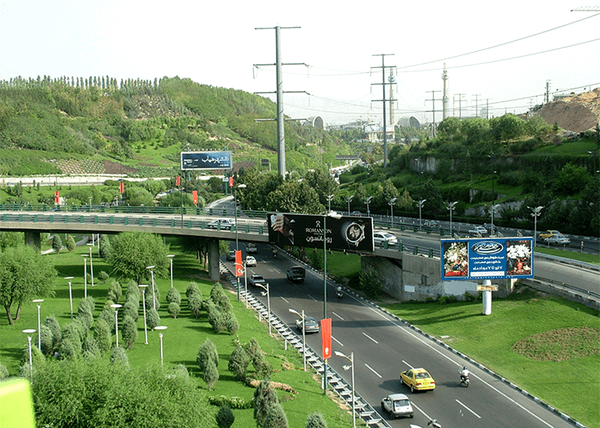City
Amsterdam, Netherlands
Size and population development
2018 municipality data records the population of Amsterdam at 866,737. The city covers an area of 219.4 square kilometres (166.76 km2 is land and 53.56 km2 is water). Amsterdam is intensely urbanized with 4,457 inhabitants per km2 and 2,275 houses per km2. Parks and nature reserves make up 12% of the city’s land area. Amsterdam has shown the fastest population growth rate among major Dutch cities. The accelerated growth of the city is due to foreign and domestic inflow into the area.
Population composition
The 2018 data shows that the city population comprises 50.5% females and 49.5% males. 70.3% of citizens are aged between 18-64, 17.4% are children aged 0-17 an 12.3% are aged 65 years or over. With 180 different nationalities, the population of Amsterdam is one of the most diverse in Europe. Over the last 50 years Amsterdam has known an influx of people from other countries including Suriname, Turkey and Morocco. It is expected that within the next ten years, half of the Amsterdam population will have been born abroad or will have parents or (great) grandparents who were born abroad.
Main functions
Amsterdam is the capital and most populous city in the Netherlands located in the Western Netherlands, in the province of North Holland. The river Amstel ends in the city centre and connects to a large number of canals. Amsterdam is approximately 2 metres below sea level. The city is the cultural capital of the Netherlands with over 40 cultural institutions including the Van Gogh Museum, the Anne Frank House, the Rijksmuseum, The Stedelijk and Rembrandt House. Tourism draws more than 5 million international visitors annually.
Main industries / business
Amsterdam is the financial and business capital of the Netherlands. Many large Dutch institutions have their headquarters there, including Philips and ING. Additionally, many of the world's largest companies are based in Amsterdam or have established their European headquarters in the city, such as leading technology companies Uber, Netflix and Tesla. Amsterdam is a service centre with international trade and transport medical technology, telecommunications, banking, insurance, health cultural and social services and tourism the largest sectors.
Sources for city budget
The City of Amsterdam draws its budget for public expenditure largely from property tax, fees, operating revenues, other taxes and subsides from the National Government of the Netherlands.
Political structure
The City of Amsterdam is a municipality under the Dutch Municipalities Act. It is governed by a directly elected municipal council, a municipal executive board and a mayor. The mayor is a member of the municipal executive board, but also has individual responsibilities in maintaining public order. Since 1981, the municipality of Amsterdam has gradually been divided into semi-autonomous boroughs called stadsdelen or 'districts'.
Administrative structure
Unlike most other Dutch municipalities, Amsterdam is subdivided into eight boroughs. Under the borough system, municipal decisions are made at borough level, except for those affairs pertaining to the whole city such as major infrastructure projects, which are the jurisdiction of the central municipal authorities. The municipal council of Amsterdam recently voted to maintain the borough system by replacing the district councils with smaller, but still directly elected district committees (bestuurscommissies). Under a municipal ordinance, the new district committees were granted responsibilities through delegation of regulatory and executive powers by the central municipal council.
Website
http://www.iamsterdam.com/en/local/official-matters/city-government




